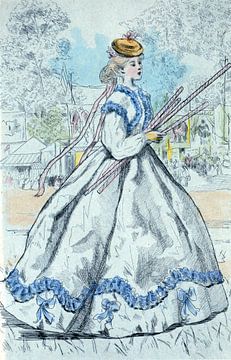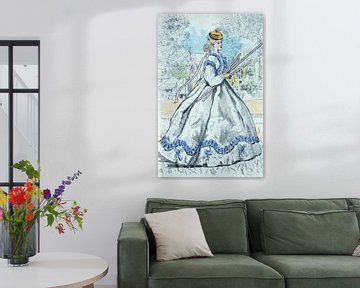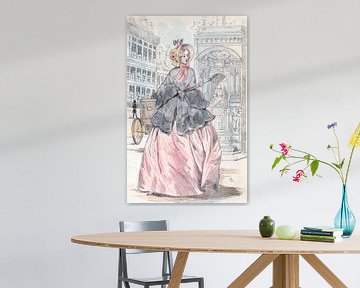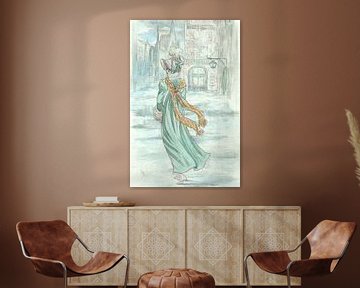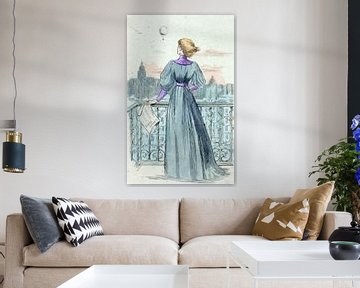-
La mode dans le Paris du XIXe siècle, Henri Boutet, (1851 1919)
151,- ArtFrame™, 45x70 cm | Choisissez vous-même la dimension et le matériau
-
La mode dans le Paris du XIXe siècle, Henri Boutet, (1851 1919)
151,- ArtFrame™, 45x70 cm | Choisissez vous-même la dimension et le matériau
-
La mode dans le Paris du XIXe siècle, Henri Boutet, (1851 1919)
161,- ArtFrame™, 50x75 cm | Choisissez vous-même la dimension et le matériau
-
La mode dans le Paris du XIXe siècle, Henri Boutet, (1851 1919)
183,- ArtFrame™, 50x80 cm | Choisissez vous-même la dimension et le matériau
-
La mode dans le Paris du XIXe siècle, Henri Boutet, (1851 1919)
183,- ArtFrame™, 50x80 cm | Choisissez vous-même la dimension et le matériau
 Vintage Posters5 oeuvres
Vintage Posters5 oeuvres Vrouw, Woman, Frau, Femme19 oeuvres
Vrouw, Woman, Frau, Femme19 oeuvres Belle Epoque41 oeuvres
Belle Epoque41 oeuvres Henri Boutet36 oeuvres
Henri Boutet36 oeuvres Women's fashion in the nineteenth-century 36 oeuvres
Women's fashion in the nineteenth-century 36 oeuvres Japan17 oeuvres
Japan17 oeuvres Kitagawa Utamaro 17 oeuvres
Kitagawa Utamaro 17 oeuvres Japanese prints17 oeuvres
Japanese prints17 oeuvres Vogels14 oeuvres
Vogels14 oeuvres John James Audubon37 oeuvres
John James Audubon37 oeuvres Turkije Turkey Türkiye8 oeuvres
Turkije Turkey Türkiye8 oeuvres Ernst Haeckel8 oeuvres
Ernst Haeckel8 oeuvres Berthe Morisot4 oeuvres
Berthe Morisot4 oeuvres Amedeo Modigliani2 oeuvres
Amedeo Modigliani2 oeuvres Edouard Vuillard5 oeuvres
Edouard Vuillard5 oeuvres Eugène Boudin 4 oeuvres
Eugène Boudin 4 oeuvres Auguste Renoir8 oeuvres
Auguste Renoir8 oeuvres Edgar Degas4 oeuvres
Edgar Degas4 oeuvres Vincent van Gogh6 oeuvres
Vincent van Gogh6 oeuvres Henri de Toulouse-Lautrec 11 oeuvres
Henri de Toulouse-Lautrec 11 oeuvres Paul Gauguin8 oeuvres
Paul Gauguin8 oeuvres Mary Cassatt9 oeuvres
Mary Cassatt9 oeuvres Claude Monet10 oeuvres
Claude Monet10 oeuvres Paul Cézanne6 oeuvres
Paul Cézanne6 oeuvres
